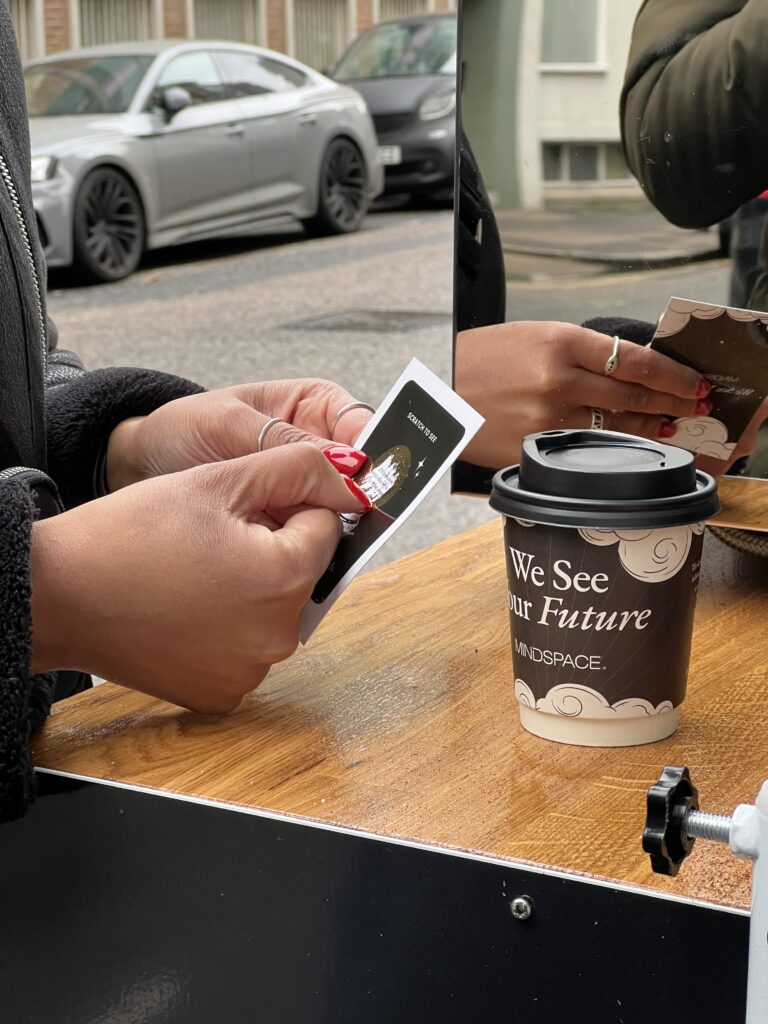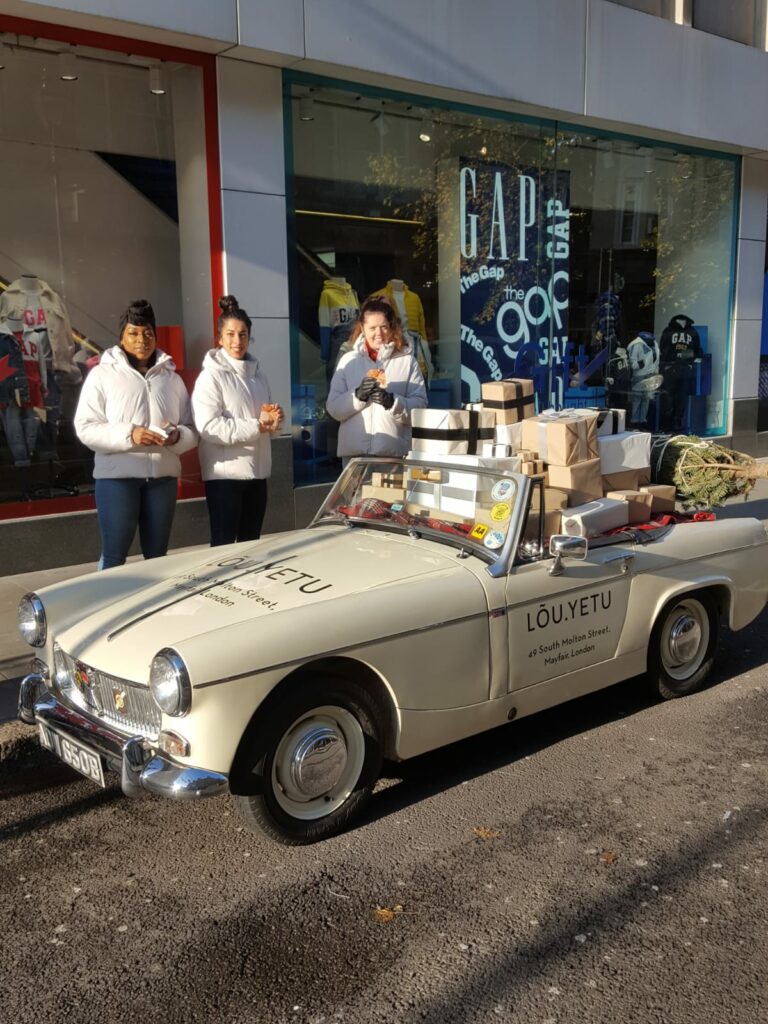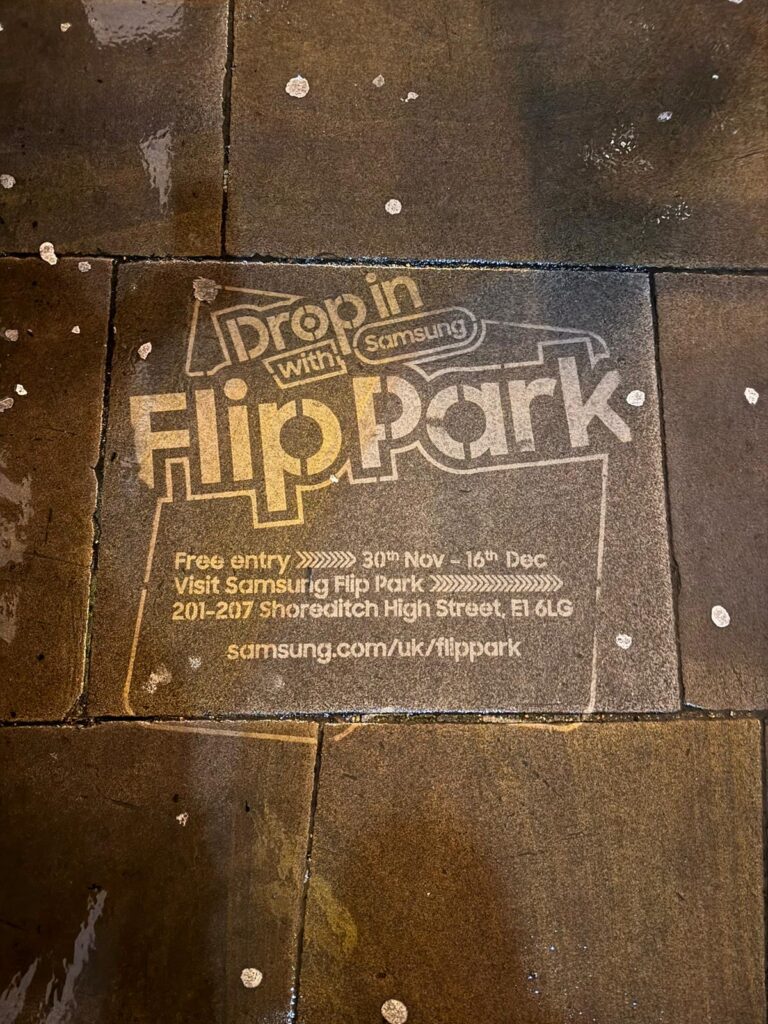

In a digital age where online marketing strategies dominate the business landscape, the traditional art of face-to-face marketing is experiencing a dynamic resurgence. This personalized approach, often overshadowed by the reach and efficiency of digital platforms, is reclaiming its pivotal role in forging authentic connections between brands and consumers.
Thank you for reading this post, don't forget to subscribe!1. Introduction
Definition of face-to-face marketing.
Face-to-face marketing, also known as in-person marketing, is a marketing strategy that involves direct interaction between a company or brand representative and potential customers or clients in a physical setting. This type of marketing often takes place in various locations, such as trade shows, train stations, conferences, exhibitions, retail stores, pop up shops, malls, street events, or even door-to-door sales (canvassing). The primary goal of face-to-face marketing is to establish a personal connection, build relationships, and promote products or services through direct communication and engagement with potential customers
Importance in the current business landscape.
In an era where digital marketing dominates the landscape, face-to-face marketing emerges as a timeless pillar, bridging the gap between brands and consumers with a personal touch. This marketing strategy, rooted in direct, personal interaction, is pivotal in building lasting relationships and trust between businesses and their clients. Despite the surge in online marketing techniques, the value of face-to-face interactions in creating meaningful connections and influencing consumer decisions remains unparalleled. This article delves into the essence of face-to-face marketing, exploring its evolution, current relevance, and future in a rapidly changing business world.
2. Evolution of face-to-face marketing.
Tracing its roots back to the traditional marketplaces and door-to-door salesmen, face-to-face marketing has evolved significantly. Today, it encompasses a range of strategies including networking events, trade shows, guerrilla marketing, experiential marketing, and direct sales.
Despite the proliferation of digital platforms, these traditional methods continue to thrive. They have adapted, integrating digital tools for enhanced effectiveness. For instance, QR codes at events for easy information sharing, or using social media to create buzz around in-person events.
Comparison with past marketing strategies
Several brands have successfully leveraged face-to-face marketing to boost their profile and sales. A notable example is the pop-up shops by online retail giants like Amazon. These shops allow customers to physically interact with products, creating a personal shopping experience that online platforms cannot replicate. Studies show that face-to-face meetings are 34 times more effective in persuading and converting clients compared to emails. This statistic underlines the power of personal interaction in an era where digital fatigue is setting in.
3. The Psychological Edge
The psychological impact of face-to-face interactions cannot be overstated. They allow for empathy, a crucial element in building customer relationships. Sales representatives can tailor their pitch on-the-fly, addressing concerns and gauging reactions in real-time, something impossible in digital interactions.
4. Training and Skills Development
With the renewed focus on face-to-face marketing, there’s a growing need for training professionals in interpersonal skills. Emotional intelligence, effective communication, and adaptability are becoming key skills for marketers.
5. Digital Influence on Face-to-Face Marketing
The key to modern face-to-face marketing is its integration with digital strategies. Businesses are using data analytics from their online campaigns to inform their face-to-face marketing strategies.
Personalized email follow-ups post an event, or using digital channels to schedule in-person meetings, are examples of this synergy. While digital marketing offers scale and analytics, face-to-face grassroots marketing brings an invaluable human element. It’s about shaking hands, reading facial expressions, and engaging in real-time conversations. This personal touch builds trust and loyalty, aspects that are often diluted in digital interactions.
6. Challenges and Solutions
Innovative approaches to stay relevant.
Despite its advantages, face-to-face marketing faces challenges, particularly in times of crisis like the COVID-19 pandemic. Businesses had to rethink strategies, shifting to virtual events or adopting safety measures for in-person interactions. As the world adapts to the new normal, face-to-face marketing is also evolving. Hybrid models combining virtual and physical elements are emerging, offering flexibility and wider reach while retaining the personal touch.
7. Impact of COVID-19
The pandemic brought significant challenges to face-to-face marketing, it also accelerated the adoption of digital and remote marketing strategies. As the situation evolved, some face-to-face marketing activities resumed with modifications and precautions in place. However, the long-term impact of the pandemic on the future of face-to-face marketing may continue to be influenced by evolving public health conditions and consumer behavior.
8. Success Stories
Salesforce’s Dreamforce conference. This annual event garners thousands of attendees, providing a platform for personal interactions, networking, and live product demonstrations, fostering a community around the brand. Reverse Graffiti is a new form of eco marketing that brands are adopting nationwide to gain brand exposure.
9. Future Trends
Looking ahead, face-to-face marketing is expected to incorporate more technological advancements. Augmented Reality (AR) and Virtual Reality (VR) could play significant roles in enhancing personal experiences. The future of face-to-face marketing lies in a blend of tradition and technology, creating immersive and memorable customer experiences.
10. Conclusion
While the digital age has transformed the marketing landscape, the human element remains irreplaceable. Face-to-face marketing, with its personal touch, trust-building potential, and capacity for creating lasting impressions, continues to be a crucial component of comprehensive marketing strategies. Its integration with digital tools and adaptation to modern challenges underscores its enduring relevance in connecting brands with their audiences.



















